Art vs Development: Should we erase our rich architectural history?
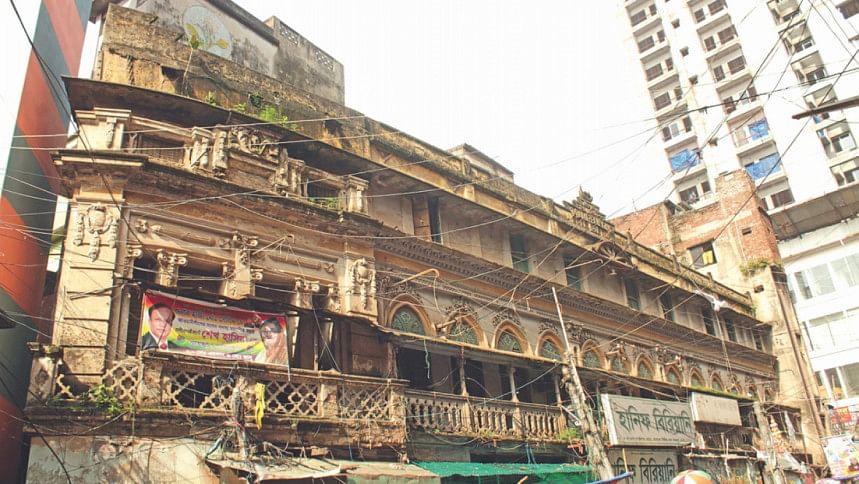
During my first visit to Asia, many years ago, I landed in Shanghai, China. I was astonished by the futuristic architecture with some of the highest skyscrapers in the world. In Europe, we know of China's incredible economic growth and Shanghai is a symbol of exactly that—a polished, new, and coruscant portrayal of China's achievements.
Then, three years ago, I came to Dhaka. I saw that Bangladesh's rapidly growing economy is being manifested in the architectural transition of its capital. The former 'garden city' has become one large construction site with new apartment buildings popping up in almost every street.
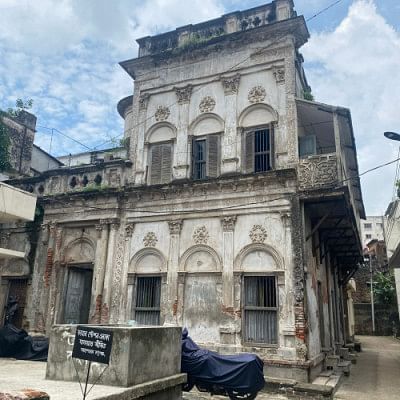
These city-transitions carry the question of whether or not our historic buildings shall be preserved. From an economic viewpoint the answer is simple: there is more financial gain in replacing them with profitable (apartment) buildings. The question now becomes whether the cultural heritage outweighs the financial gain.
As an art historian, I make the point that historic architecture holds a different value than a monetary one. Architecture teaches us about our history without us even having to pick up a history book. Built heritage, and the awareness of our origins connect us with our past, they define our identities today, and they use a language that isn't just words.
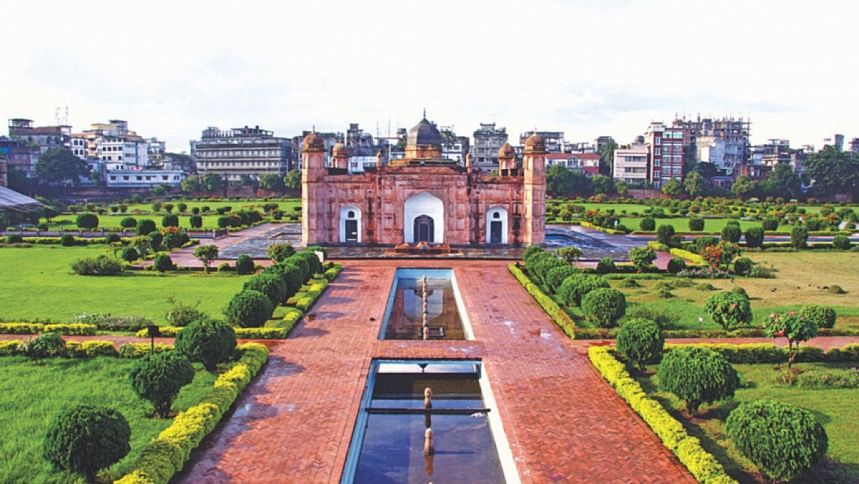
We absorb our cultural heritage by observing the facades, the narrow alleyways, monumental palaces as well as modest dwellings. We learn about past achievements as well as mistakes, and once the historical buildings are gone, that chance of learning is gone as well. Old Dhaka, for example, is still revealing its story, teaching visitors and inhabitants about the history of Dhaka and Bangladesh. It is more than the story of the country—it is about its people, and their identity.
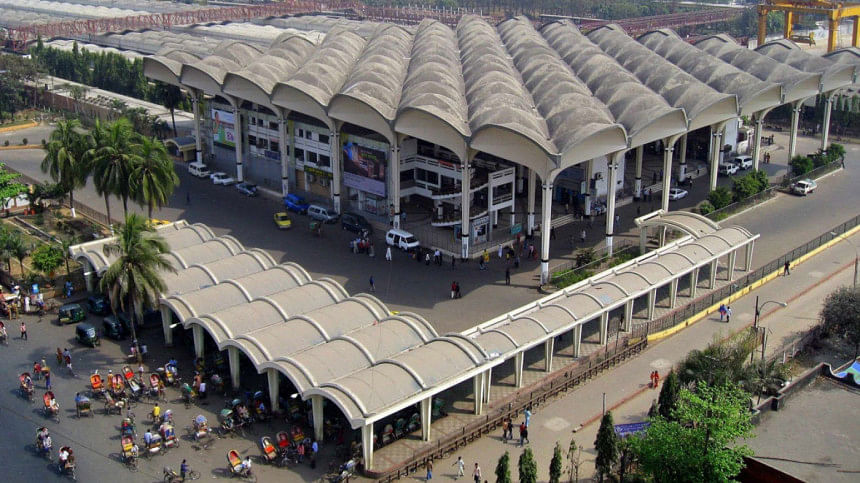
Many of my friends have lived in Dhaka in the 1980's, when Gulshan consisted of only two-story houses with gardens. They can recollect how different the sleepy suburb was only a few decades back. Those memories are part of their personal story, too.
Developing cities are an inevitability. In many ways, a necessity. There is a population influx in urban settlements in Bangladesh and residents need affordable abodes. Those can and should be provided, but we need to strike a balance.
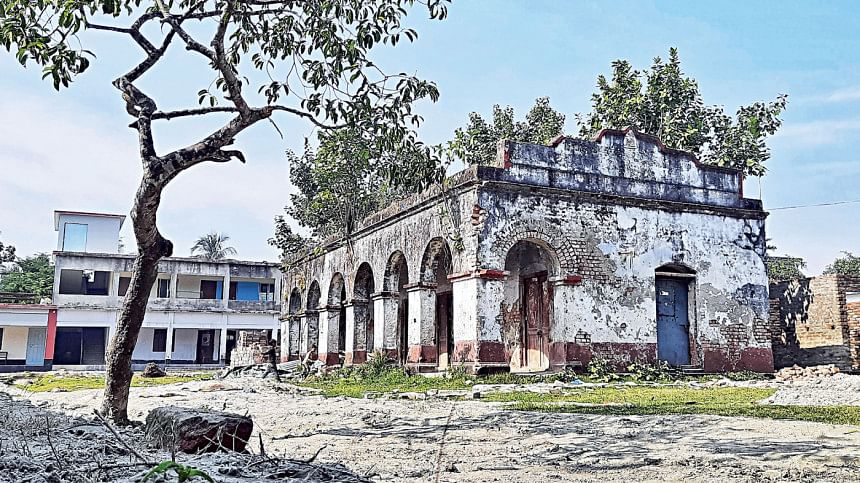
Bangladesh's stock will continue to rise in the global landscape, and there will be visitors coming from abroad who will want to learn about the country's history. Hopefully architecture will play a role in showing the multifaceted past of a vibrant, modern city.

 For all latest news, follow The Daily Star's Google News channel.
For all latest news, follow The Daily Star's Google News channel. 


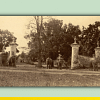
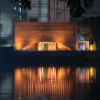



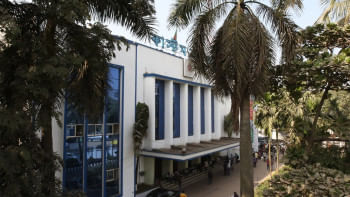
Comments